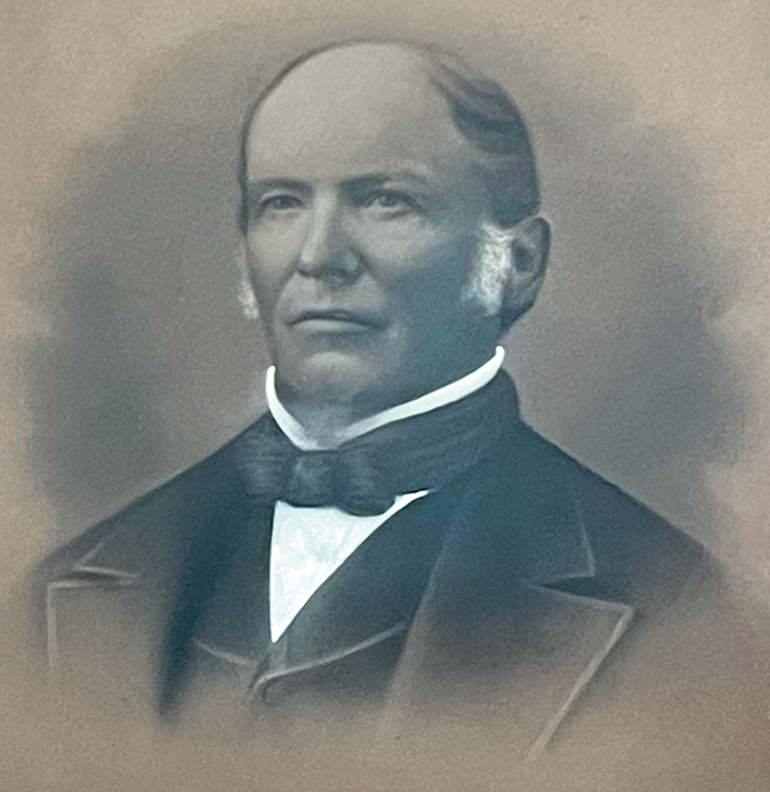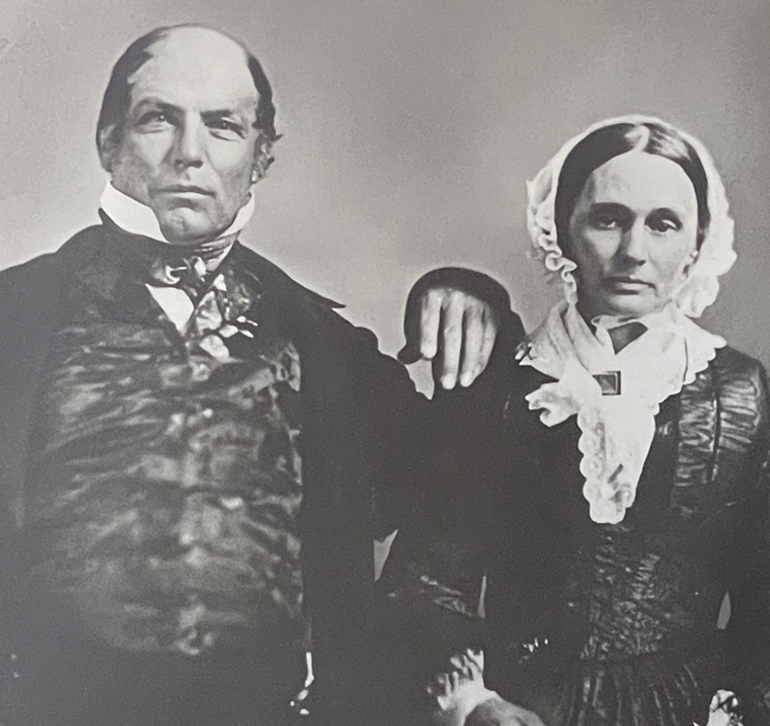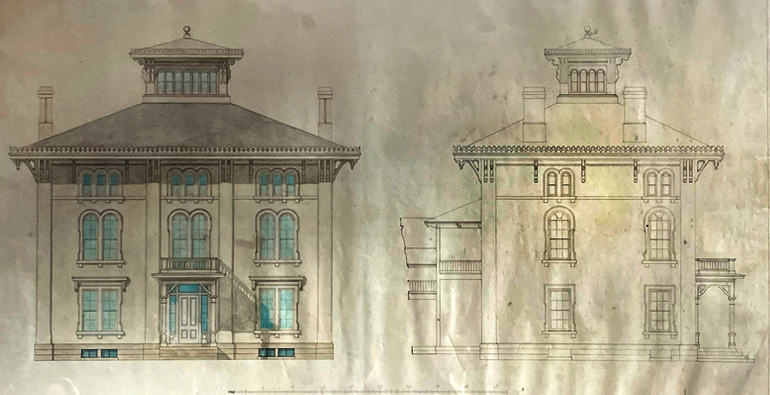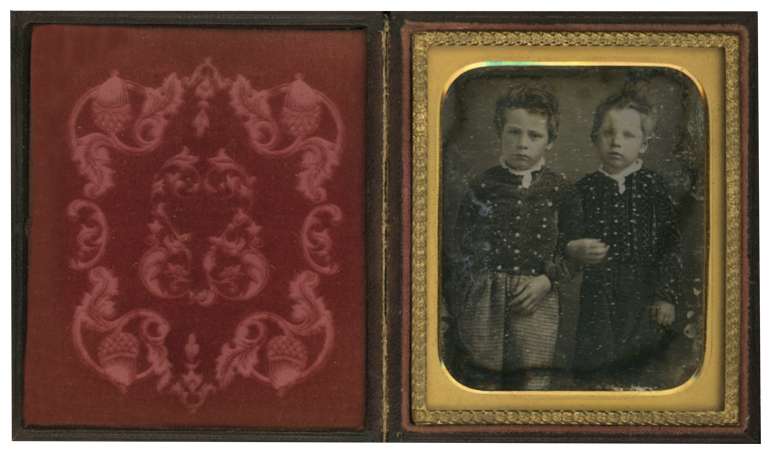George Washington Henderson Sr
Patriarch and Founder of Henderson Hall
George Washington Henderson Sr was the eldest son of Alexander Henderson Jr and Jane_Hutchinson Lithgow Henderson. Born at the Beech Park homestead in 1802, he was named after his grandfather’s friend George Washington.
G.W. was sent to study at the Latin School in Leesburg, Virginia. When his father started to have financial troubles, G.W. retured to western Virginia to provide his assistance to his family. He eventually graduated from Athens College (now Ohio University) in 1818 and studied law at an office in Marietta, Ohio.
In 1826, G.W. married 16-year-old Elizabeth Ann Tomlinson, the granddaughter of one of the founders of Williamstown. The marriage was one of local royalty, joining two prominent families. Following a honeymoon to Niagara Falls, the couple moved in with G.W.’s parents on Cow Creek. Following the sale of his father’s property, G.W.’s family moved to an older home he referred to as Pohick, named after his grandfather’s church in eastern Virginia.
G.W. and Elizabeth moved into the original part of Henderson Hall that they called “The Briars” after Elizabeth’s father gifted the 286 acres along the Ohio River to his daughter. The family would continue to live in the small back building while adding on to the home to create the brick mansion now known as Henderson Hall. G.W. hired architect John M. Slocomb in Marietta to design and contruct the front portion of the home that was completed in 1859. Other improvements were also made to the property over time, including building a carriage house, barns, and bee hives, plus a wood house and shop.
In 1861, G.W. was one of 70 delegates to represent Wood County at the First Wheeling Convention which was assembled to discuss a response to Viginia’s Ordinance of Secession. G.W. replaced Dr. John Moss as a delegate when Moss entered into the Union Army. G.W. would serve in this position until West Virginia became a state in 1863.
Over the years, G.W. also served as a businessman, landlord, justice and magistrate for Wood County, and Captain of the Wood County Militia. He also oversaw the family’s oil business, Pohick Oil Co., when oil was discovered on the Henderson’s Burning Springs property in 1861. By 1890, there were also numerous wells on the property at Henderson Hall.
When G.W. died in 1866, Elizabeth ran the Henderson Hall estate with her sons for 20 years before her passing in 1888.
Of Note
Patriarch and Founder of Henderson Hall
One of 70 delegates to represent Wood County at the First Wheeling Convention which was assembled to discuss a response to Wood County justice and magistrate
Wood County Captain of Militia
Owner of Pohick Oil Co.
One of 70 delegates to represent Wood County at the First Wheeling Convention which was assembled to discuss a response to Wood County justice and magistrate
Wood County Captain of Militia
Owner of Pohick Oil Co.
About the Images
A portrait of G.W. Henderson Sr
The wedding portrait of G.W. and Elizabeth Ann Henderson
The cover of Harper’s Weekly featuring the Wheeling Convention in 1861
The original design plans for Henderson Hall created by John M. Slocomb
A pocket frame that G.W. carried with him of his two sons, Arthur Lithgo and Jock Bedell Henderson.
The wedding portrait of G.W. and Elizabeth Ann Henderson
The cover of Harper’s Weekly featuring the Wheeling Convention in 1861
The original design plans for Henderson Hall created by John M. Slocomb
A pocket frame that G.W. carried with him of his two sons, Arthur Lithgo and Jock Bedell Henderson.





